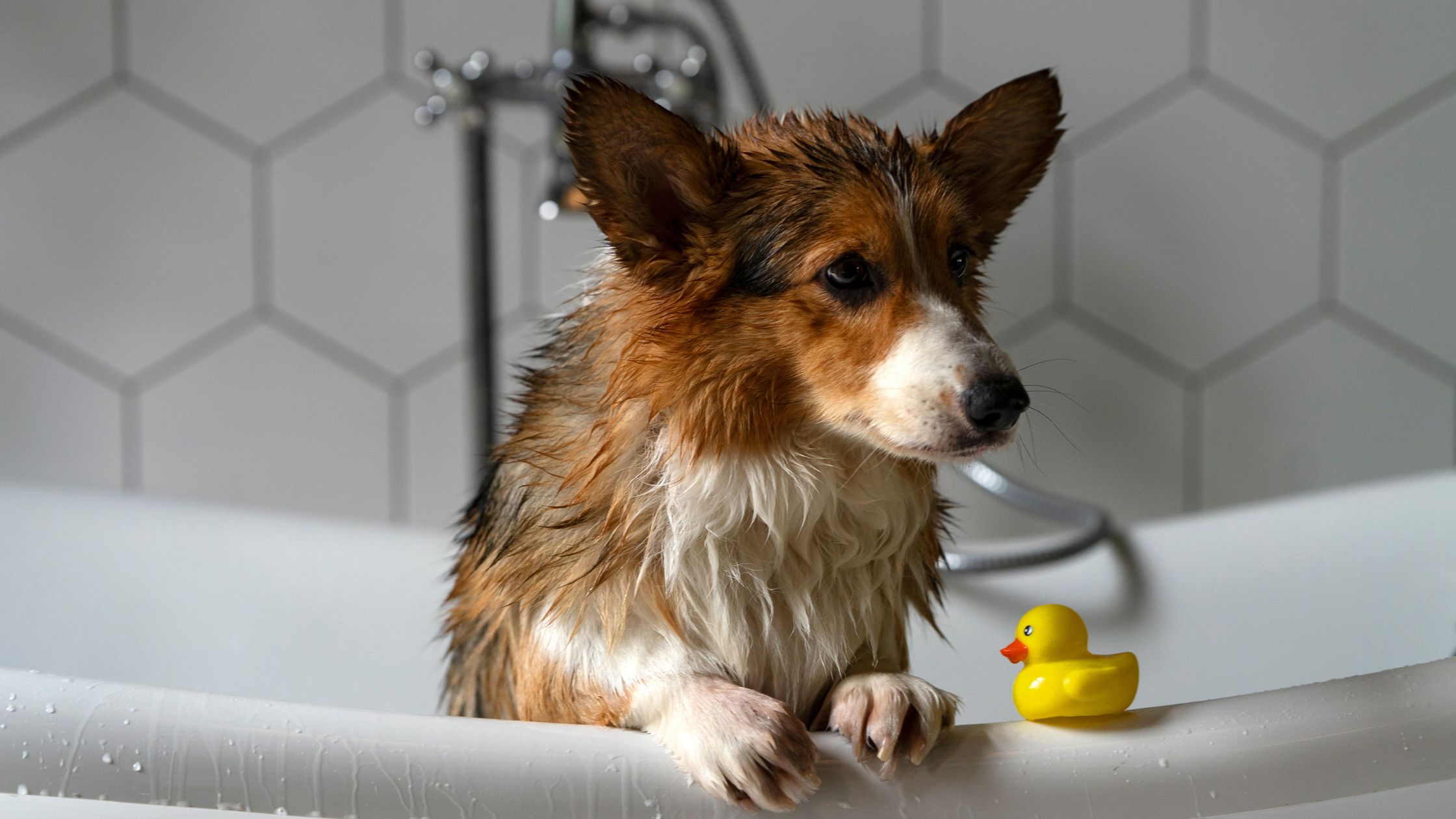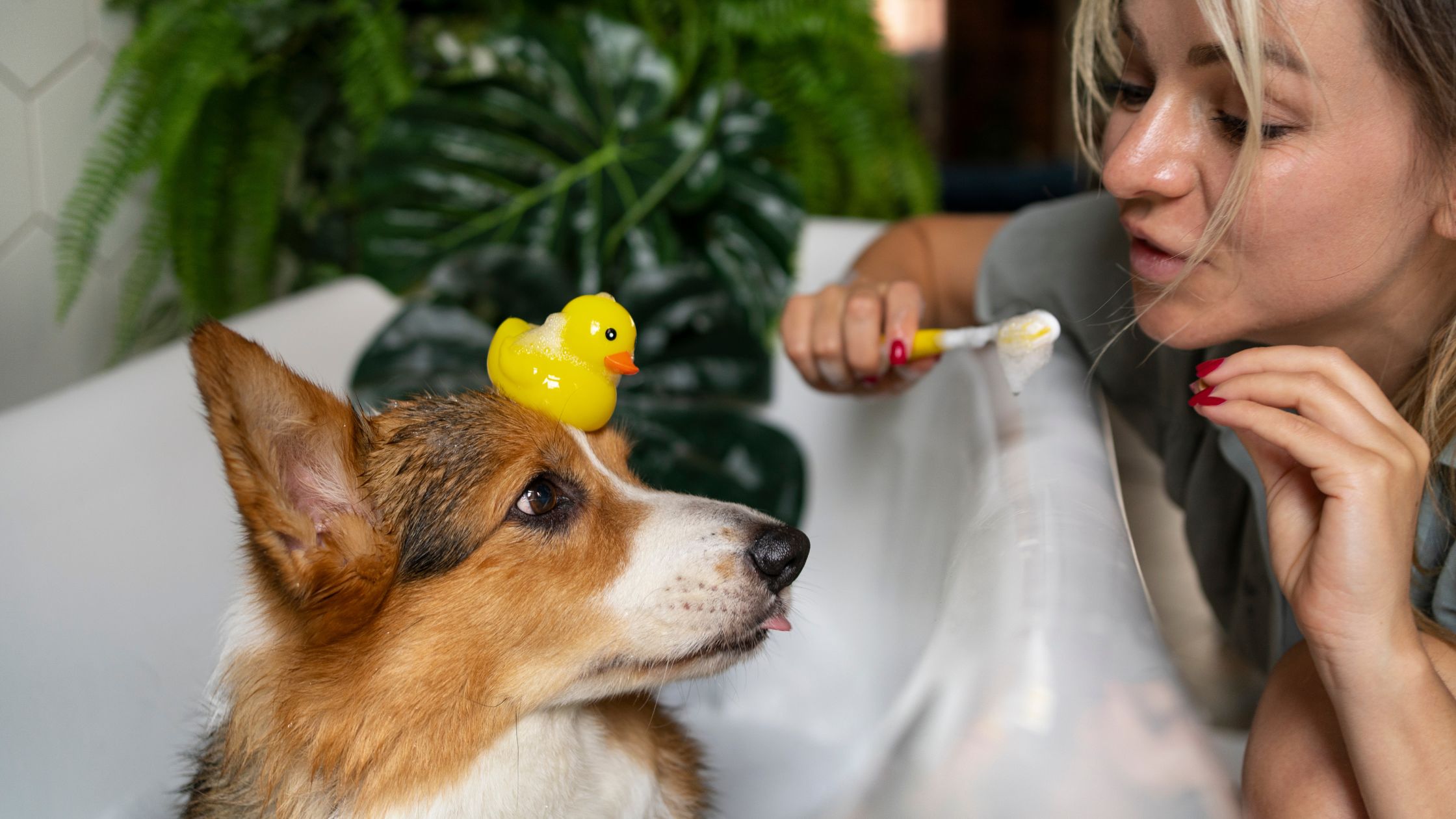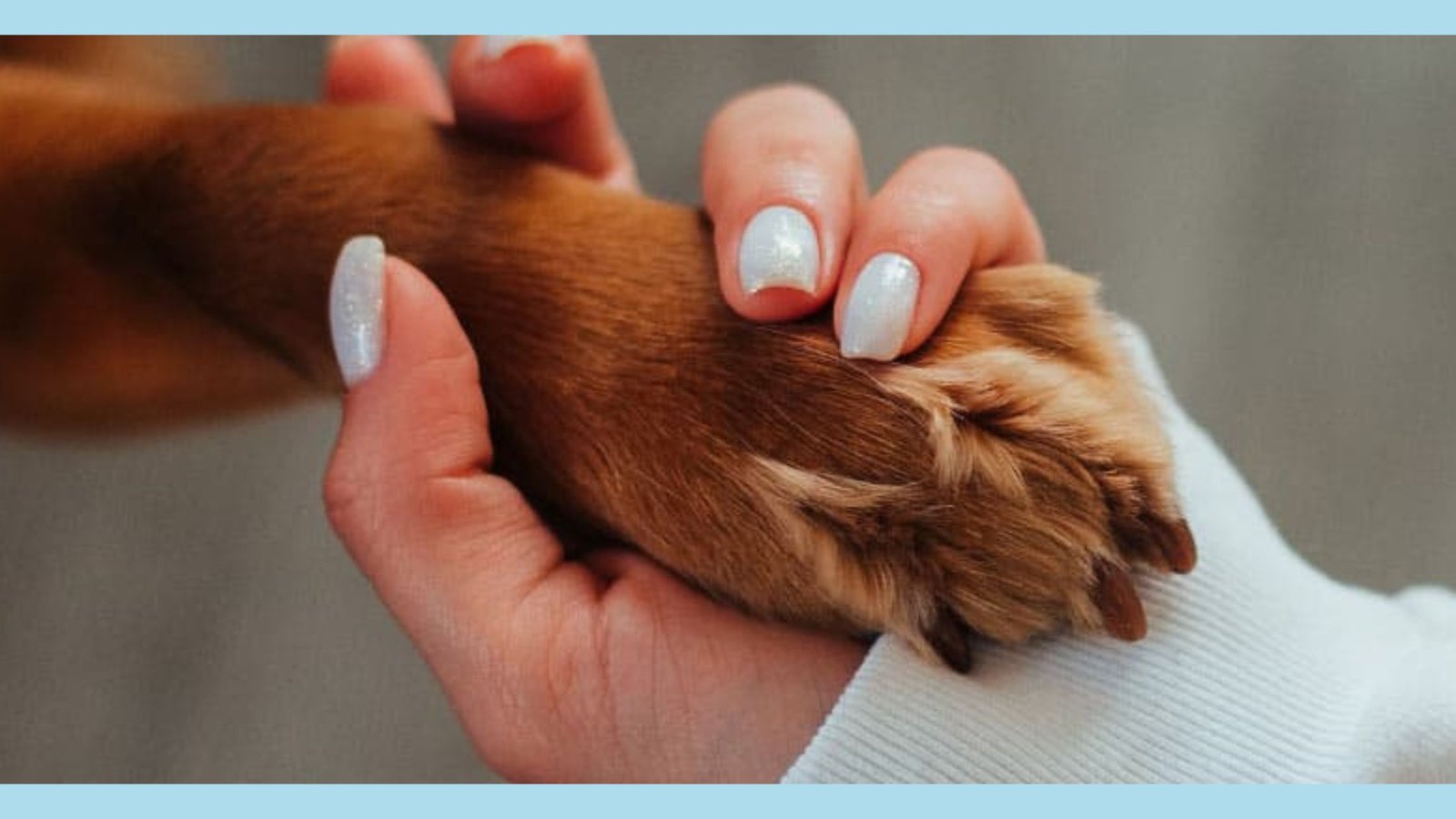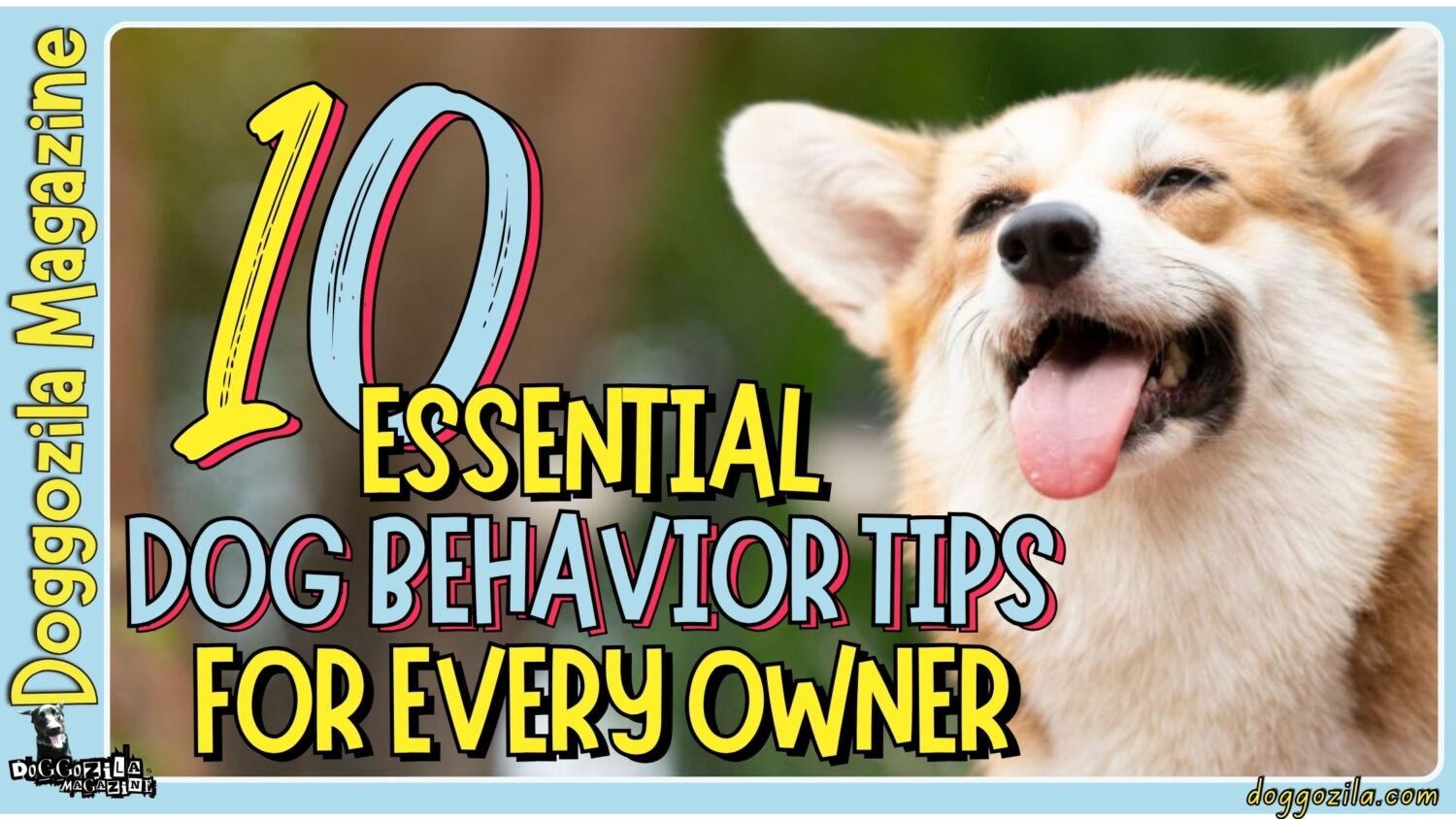Maintaining proper hygiene for your dog is essential for their overall health, comfort, and well-being. Let’s explore the ultimate guide to dog hygiene, including bathing, dental care, ear cleaning, and more. Just like humans, dogs require regular grooming, cleaning, and attention to various aspects of their hygiene.

DOGGOZILA GUIDE TO DOG HYGIENE
Maintaining proper hygiene for your dog is not just about keeping them clean and smelling fresh. It’s about preventing health issues and ensuring their comfort. By following this guide, you’ll ensure that your furry friend is not only clean but also healthy and happy.
Why dog hygiene matters
- Preventing Infections: Regular grooming and cleaning can help prevent skin, ear, and eye infections.
- Disease Prevention: Dental care and hygiene practices can reduce the risk of dental diseases, which can lead to more severe health issues.
- Reducing Allergies: A clean dog is less likely to trigger allergies in humans.
- Comfort and Well-Being: Proper hygiene keeps your dog comfortable, preventing discomfort from dirty ears, matted fur, and more.
- Bonding: Grooming and hygiene routines provide an excellent opportunity for bonding with your dog.
Guide to Dog Hygiene: Importance of Bathing
Bathing is a fundamental aspect guide of dog hygiene.
Here’s a guide on how to bathe your dog effectively:
Choose the Right Shampoo!
- Consider Your Dog’s Coat Type: Different shampoos are formulated for various coat types, such as short, long, or curly.
- Special Shampoos: If your dog has specific skin conditions, consult your vet for recommendations on medicated or therapeutic shampoos.
- Avoid Human Shampoo: Human shampoos can be too harsh for a dog’s skin, so use a shampoo formulated for canines.
Bathing Techniques
- Brush First: Before bathing, brush your dog’s coat to remove tangles and mats.
- Temperature: Use lukewarm water, as dogs are sensitive to extreme temperatures.
- Gentle Approach: Wet your dog’s coat gradually, and use a gentle, massaging motion when applying shampoo.
- Rinse Thoroughly: Ensure all shampoo is completely rinsed from your dog’s coat.
- Ear and Eye Protection: Prevent water and soap from entering your dog’s ears and eyes.
Drying and Brushing
- Dry with Towel: Gently dry your dog’s fur with towel to remove excess water.
- Use a Hairdryer: A hairdryer on a low heat setting can help speed up the drying process, especially for dogs with long or thick coats.
- Brush After Bathing: Once your dog is completely dry, brush their coat to prevent matting and tangles.

DENTAL CARE FOR DOGS
Dental hygiene is a crucial part of your dog’s overall health. Neglecting it can lead to various health issues.
Here’s how to care for your dog’s teeth:
Guide to Dog Hygiene: Brushing Your Dog’s Teeth
- Use a Dog Toothbrush: Dog toothbrushes are designed for their specific needs.
- Dog Toothpaste: Use toothpaste formulated for dogs, as human toothpaste can be harmful if swallowed.
- Start Gradually: If your dog is not used to tooth brushing, start with short sessions and increase the duration over time.
- Regular Schedule: Aim to brush your dog’s teeth at least 2-3 times a week.
Dental Chews and Toys
- Dental Chews: Dental chews can help reduce plaque and tartar buildup. Look for products approved by veterinary associations.
- Chew Toys: Toys that encourage chewing can also help maintain dental health.
- Regular Veterinary Check-Ups:Regular vet visits can include dental examinations and cleanings if necessary.

EAR CLEANING
Ear hygiene is crucial to prevent infections and discomfort.
Check how to clean your furry friend ears:
Signs of Ear Problems
- Scratching or pawing at ears
- Redness, swelling, or discharge
- Unpleasant odor
- Sensitivity when touched around the ears
Guide to Dog Hygiene: How to Clean Your Dog’s Ears
- Use a dog-specific ear cleaning solution.
- Gently lift the ear flap and administer the solution as directed.
- Gently massage on the base of dog’s ear for half a minute.
- Allow your dog to shake their head to remove excess solution.
- Gently wipe the ear with cotton balls or a soft cloth.
Eye Care
Eye hygiene helps prevent irritation and infections.
Check how to take care for your furry friend eyes:
- Cleaning Your Dog’s Eyes: Use a damp, clean cloth or a dog-specific eye wipe to gently wipe away discharge or debris. If your dog frequently has eye discharge, consult your vet to rule out underlying issues.
- Preventing Eye Problems: Ensure that hair around your dog’s eyes is regularly trimmed to prevent irritation. Protect your dog’s eyes from foreign objects or debris during outdoor activities.
Nail Care
Proper nail care is essential to your dog’s comfort and mobility.
Here’s how to trim your dog’s nails:
- Clipping Your Dog’s Nails: Always use a dog nail clippers. Only trim the tips of the nails to avoid cutting the quick. If you’re unsure, consult a professional groomer or your vet for guidance.
- Tips for Safe Nail Trimming: Keep styptic powder or a styptic pencil on hand in case of bleeding. Use positive reinforcement and treats to create a positive experience for your dog during nail trimming.

ANAL GLAND EXPRESSION
Issues in the anal gland can be uncomfortable for your dog.
How to address anal gland problems
- When to Express Anal Glands: If you notice your dog scooting or excessively licking their rear end, it may be a sign of anal gland discomfort. Some dogs require regular manual expression by a groomer or vet.
- Seeking Professional Help: If you’re uncomfortable or unsure about expressing your dog’s anal glands, consult a professional for assistance.
Skin and Coat Care
Maintaining a healthy coat and skin is essential for your dog’s comfort.
Here’s how to do it:
- Brushing Your Dog’s Coat: Regular brushing removes loose fur, prevents matting, and promotes healthy circulation to the skin. The type of brush you should use depends on your dog’s coat type.
- Dealing with Shedding: Regular brushing can help reduce shedding, but some shedding is natural. If your dog is shedding excessively, consult your vet to rule out underlying issues.
- Common Skin Conditions: Watch for signs of skin issues, such as itching, redness, or hot spots. Consult your vet for treatment options.

PAW AND PAD CARE
Your dog’s paws and pads are vulnerable to various elements.
How to care for dog’s paws
- Trimming Paw Hair: Trim the hair around your dog’s paw pads to prevent matting and reduce the risk of foreign objects getting caught.
- Checking Paw Pads: Regularly inspect your dog’s paw pads for injuries, cuts, or foreign objects.
- Hygiene During Outdoor Activities: Maintaining hygiene during and after outdoor activities is crucial.
Here’s how to do it:
- Post-Walk Cleaning: After outdoor walks, wipe your dog’s paws to remove dirt and potential contaminants. Check for ticks or debris in your dog’s coat after outdoor activities.
- Swimming and Bathing: Rinse your dog thoroughly after swimming in pools, rivers, or the ocean. Use a dog-specific shampoo for post-swim baths.
Clean and Healthy Guide to Dog Hygiene
Maintaining proper hygiene for your dog is not just about keeping them clean; it’s about ensuring their health, comfort, and well-being. By following the comprehensive guide on dog hygiene, you can provide your canine companion with the care they need to live a happy and healthy life. Remember to consult with your veterinarian for specific recommendations related to your dog’s breed, age, and health conditions.
With a commitment to hygiene and regular grooming, you can ensure that your furry friend remains a clean, comfortable, and cherished member of your family. In conclusion, a well-groomed and healthy dog is a happy dog. By following the steps outlined in this guide, you can provide your dog with the care they need to maintain good hygiene, prevent health issues, and enjoy a comfortable and happy life.
If you want to get more informed on topic, we recommend this article from VCA Animal Hospitals!









